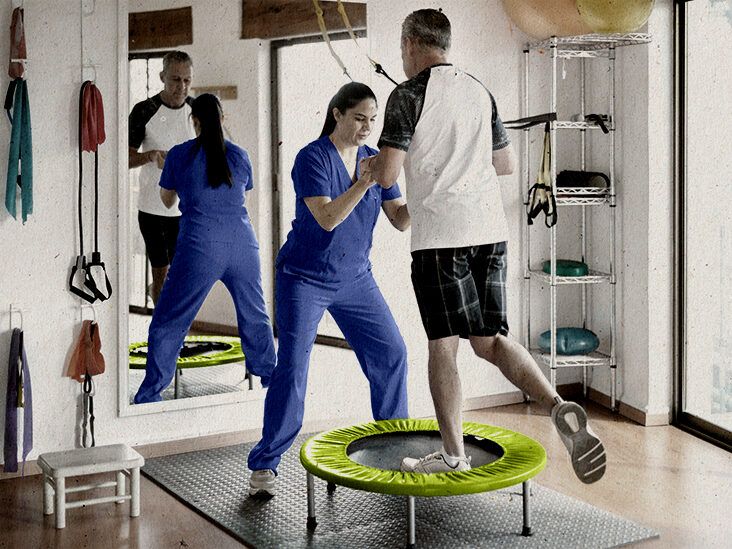Enhancing Rehabilitation Results Through Efficient Practical Motion Screening Guidelines
Enhancing Rehabilitation Results Through Efficient Practical Motion Screening Guidelines
Blog Article
Operational Mobility Assessment (FMS) is a beneficial tool used to evaluate an individual's mobility patterns. This assessment aids identify any weaknesses or discrepancies in the body, which can result to injuries if not corrected. In rehabilitation contexts, FMS can serve a crucial role in enhancing rehabilitation outcomes. By comprehending how each person moves, healthcare providers can develop targeted recovery plans that focus on enhancing strength, mobility, and overall performance.
One of the key benefits of using FMS in recovery is its ability to pinpoint particular areas that need enhancement. For example, if a patient has difficulty with squatting or lunge movements, it may indicate a lack of flexibility in their hips or ankles. This data allows therapists to create customized exercise programs that emphasize addressing these deficits. As a consequence, patients are more likely to regain their power and functionality, which is crucial for returning to daily activities or athletics.
Incorporating efficient FMS procedures can also assist prevent future injuries. Many damages happen due to poor mobility patterns or overuse of specific muscular groups. By evaluating individuals before they start a recovery program, therapists can detect risks and implement approaches to reduce them. Informing patients about proper mobility mechanics and strengthening site here underdeveloped aspects can lead to long-term advantages, ensuring that they remain engaged and healthy.
Additionally, the use of FMS can enhance communication between healthcare professionals and clients. When patients see their mobility patterns evaluated and explained, they gain a clearer comprehension of their rehabilitation journey. This clarity builds confidence and encourages patients to take an engaged part in their rehabilitation. By engaging patients in their rehabilitation journey, this content they are more likely to follow to prescribed exercises and behavioral adjustments that support better outcomes.
In summary, improving rehabilitation outcomes through effective operational mobility screening protocols is crucial for both clients and healthcare providers. By precisely evaluating movement patterns, clinicians can create tailored recovery plans that meet individual requirements. This not only aids in rehabilitation but also assists prevent future harm. As patients become more involved in their rehabilitation process, they are likely to attain their goals and sustain a fit, engaged way of living.